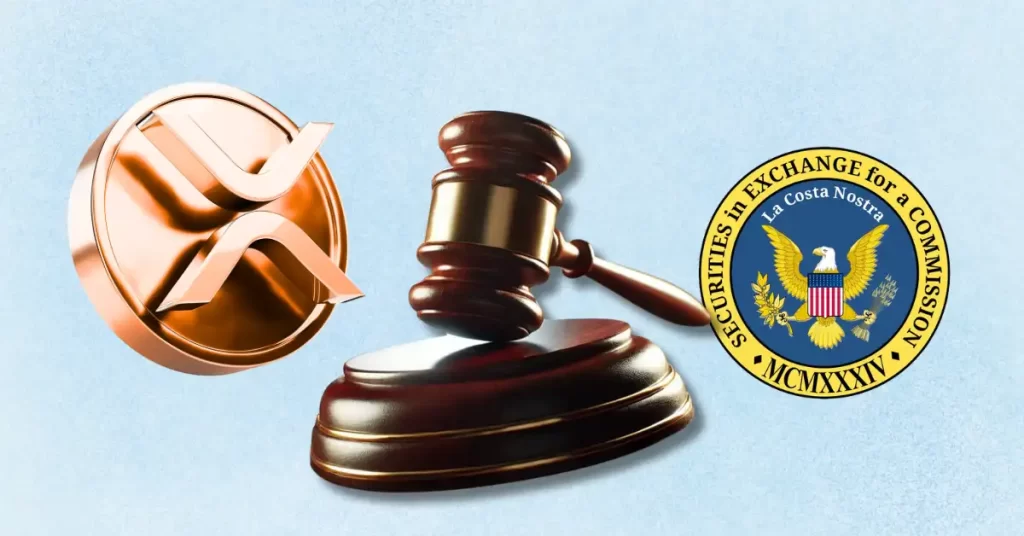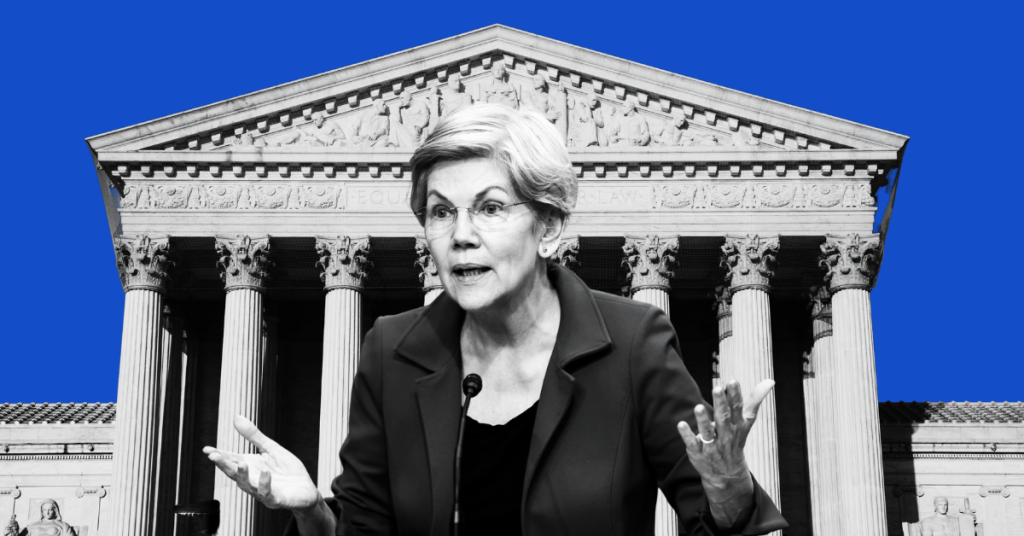
The post Ethereum’s Survival at Risk? Can Ethereum Researcher Dankrad’s 100x Plan Save It? appeared first on Coinpedia Fintech News
Ethereum could face big problems if it doesn’t grow fast enough. Dankrad Feist, a researcher at the Ethereum Foundation, warns that the network might become less important in the next 5 to 10 years unless something changes. To solve this, Feist has suggested a bold plan to help Ethereum scale. Let’s see what it is?
The Proposal: A 100x Scaling Plan
Dankrad Feist recently proposed EIP-7938, an upgrade that would increase Ethereum’s gas limit, the part of the system that controls how many transactions can fit in each block.
His goal is to boost Ethereum’s capacity by 100 times over the next four years, which would allow for far more activity on the network. Though the idea is unusual, Feist believes bold steps are necessary to save Ethereum’s future.
Why Scaling Is Urgent?
Feist explains that Ethereum should be the heart of crypto’s economy. But if activity spreads too much across various Layer-2 solutions, blockchains built on top of Ethereum, it could weaken Ethereum’s position and cause it to lose value to other ecosystems.
He warns that without major changes, Ethereum could end up like a background player while other blockchains take the lead.
Others Are Worried Too
Feist isn’t the only one raising concerns. Cardano founder Charles Hoskinson recently said Ethereum could face the same fate as Myspace, a social networking website & Blackberry, the phone company that lost out to Apple and faded away. He blames “parasitic” Layer-2s for weakening Ethereum’s base.
On a more hopeful note, Matt Hougan from Bitwise says Ethereum has at least “stopped digging” itself deeper into trouble. But whether it can climb out of the hole remains a big question.
Can Ethereum Grow Without Losing Its Core Values?
Feist is confident that Ethereum can scale up without compromising important features like security, censorship resistance, and verifiability. In other words, he believes Ethereum can grow without giving up what makes it special.
Ethereum has come a long way, but if it wants to lead the next generation of crypto, it may need to take some bold and risky steps, starting now.







